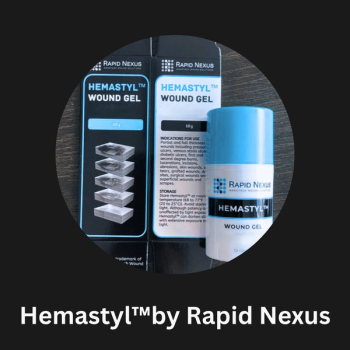
FDA clears BrainsWay’s Deep TMS system for adolescent depression
Key Takeaways
- BrainsWay's Deep TMS system is now FDA-approved for adolescents aged 15-21 with major depressive disorder, expanding its use beyond adults.
- The device uses magnetic pulses to stimulate the prefrontal cortex, showing significant improvements in depression and anxiety symptoms.
BrainsWay's FDA-approved Deep TMS system offers new hope for adolescents with depression, enhancing access to effective noninvasive treatment options.
The Food and Drug Administration has cleared BrainsWay’s Deep Transcranial Magnetic Stimulation system for use in adolescents ages 15 to 21 with major depressive disorder, expanding access to the noninvasive therapy beyond adults for the first time.
The device, previously authorized only for people ages 22 to 86, uses magnetic pulses delivered through a cushioned helmet to stimulate targeted areas of the prefrontal cortex. The clearance was supported by real-world evidence from 1,120 adolescents and young adults with major depressive disorder who received 36 sessions of either high-frequency Deep TMS or intermittent theta-burst stimulation.
Patients experienced an average 12.1-point improvement on the Patient Health Questionnaire-9, a standard assessment for depression severity, and a 66.1% response rate. Anxiety symptoms also improved based on Generalized Anxiety Disorder-7 scores. Adverse events were similar to those seen in adults, the company said.
“The FDA’s clearance of this expanded label enables access to Deep TMS for the critically important adolescent patient population, which is often underserved by traditional pharmacological options to manage major depressive disorder,” said Colleen Hanlon, vice president of medical affairs at BrainsWay Ltd. “The 510(k) clearance was supported by our submission of one of the largest real-world adolescent neuromodulation datasets ever presented to the US FDA.”
BrainsWay’s Deep TMS platform is also cleared for obsessive compulsive disorder, anxious depression and smoking cessation.
Advances in neuromodulation for mental health
The clearance arrives amid a period of rapid innovation in neuromodulation technologies for psychiatric conditions, particularly as clinicians seek additional tools for patients who do not respond to medication alone. Over the past decade, TMS has evolved from a niche intervention into a more widely adopted option as systems become more precise, efficient and better integrated into outpatient care.
Newer TMS devices have increasingly focused on individualized treatment, using refined targeting methods to reach specific circuits implicated in mood and anxiety disorders. Research teams are exploring approaches such as functional MRI-guided coil placement and adaptive stimulation protocols that adjust in real time to a patient’s brain activity. These methods aim to improve response rates, shorten treatment courses and reduce variability across patients.
Theta-burst stimulation, one of the modalities included in BrainsWay’s dataset, has gained attention for its ability to deliver therapeutic stimulation in just a few minutes per session. Compared with traditional high-frequency TMS sessions that last around 20 minutes, theta-burst protocols can significantly reduce the time commitment while maintaining similar clinical benefits—a key consideration for adolescents and young adults juggling school or work.
Beyond depression, neuromodulation research is pushing into areas such as post-traumatic stress disorder, generalized anxiety disorder, addiction and chronic pain. Investigators are studying combinations of TMS with psychotherapy, digital monitoring tools or pharmacologic treatments to enhance durability of response. Meanwhile, long-term follow-up studies are helping clinicians better understand maintenance protocols and whether periodic “booster” sessions can help sustain remission.
As mental health needs continue to rise—especially among adolescents—these advances suggest that TMS and related technologies will play a growing role in treatment plans. The FDA’s latest decision underscores the momentum behind expanding access to noninvasive neuromodulation options for younger patients who may require alternatives to medication or who have not found relief with standard therapies.
Newsletter
Stay informed and empowered with Medical Economics enewsletter, delivering expert insights, financial strategies, practice management tips and technology trends — tailored for today’s physicians.


















